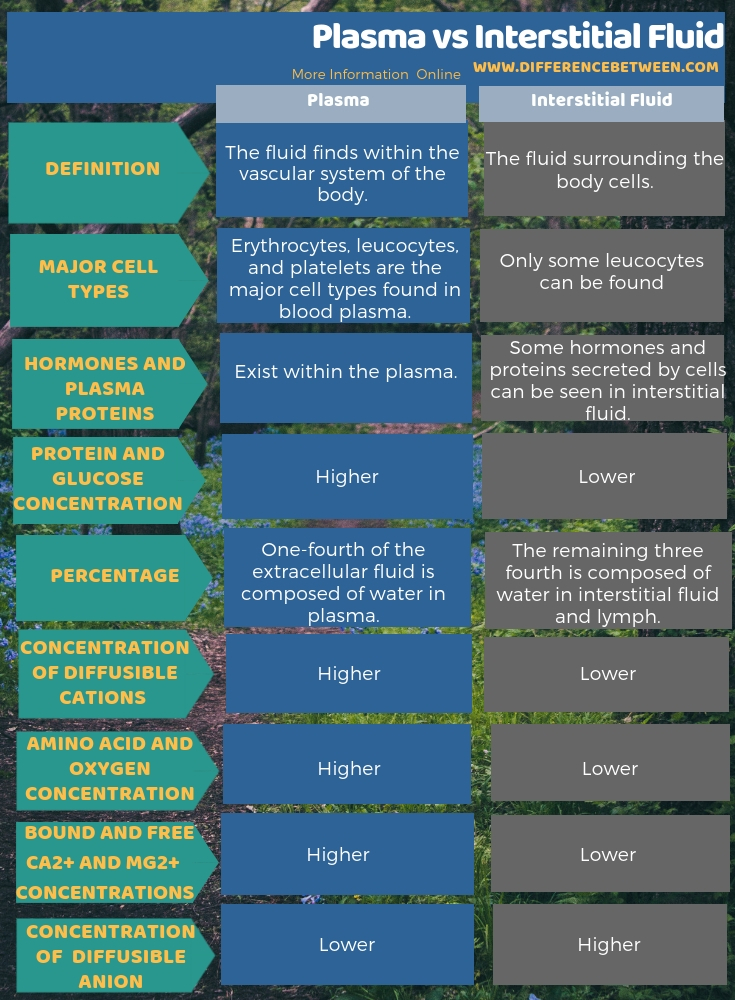

Water passes through this membrane freely, but minute and big molecular weight particles do not.

A cell membrane separates the intracellular compartment from the interstitial space. The matrix and cells within the interstitial space are supported by fluids. The gap between the capillaries and the cells is known as the interstitial compartment. Water and small-molecular-weight particles like as electrolytes, glucose, acetate, lactate, gluconate, and bicarbonate pass effortlessly through this capillary “membrane.” Gases such as oxygen and carbon dioxide can freely pass through this membrane and enter or depart the intravascular compartment by following their concentration gradient. The endothelial glycocalyx, endothelial cells, and the subendothelial cell matrix form the capillary “membrane,” which separates the capillary intravascular region from the interstitial fluid compartment. Capillaries transport fluid from the intravascular to the interstitial and intracellular compartments. Intravascular, interstitial, and intracellular fluid compartments are the three major bodily fluid compartments.


 0 kommentar(er)
0 kommentar(er)
